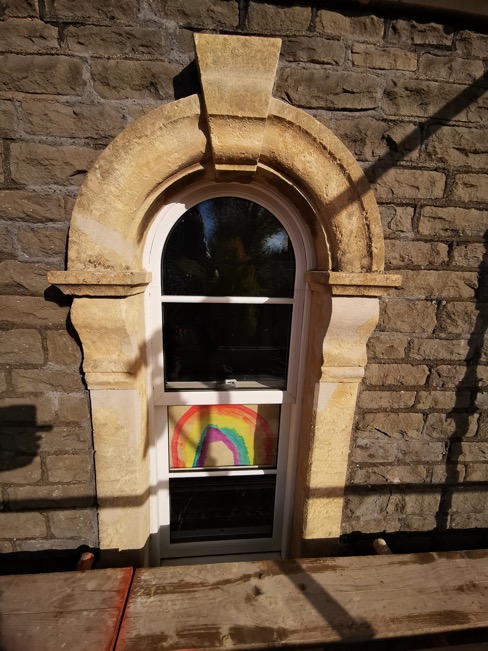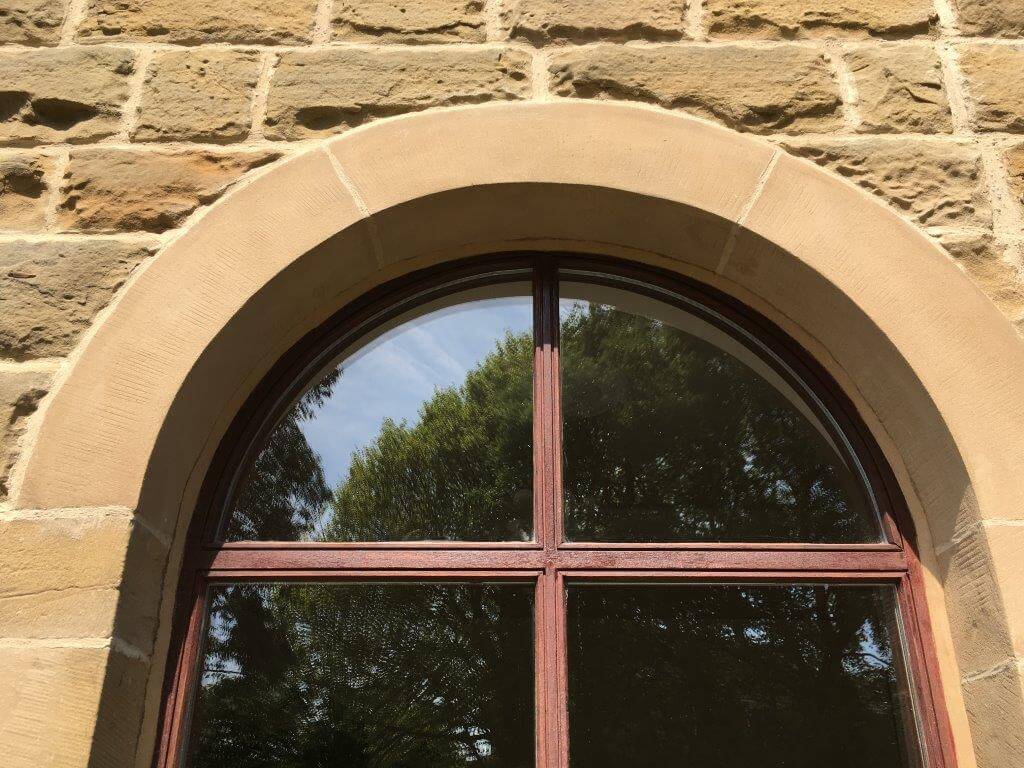
Stone Repair Everything You Need to Know to Revive Your Surfaces
Introduction
The grandeur and elegance of Stone Repair are undeniable. As a common feature in modern Australian homes, stone adds a unique, luxurious feel to flooring, countertops, bathrooms, and facades. However, like any other material, stones are not immune to wear and tear. They deteriorate over time due to a multitude of reasons, including weather conditions, onslaughts of spills and stains, or even just the daily traffic of wear and tear. Frequent maintenance becomes imperative to ensure the longevity and lustre of Stone Repair, by preventing irreparable damage and loss of natural beauty. This comprehensive guide will walk you through understanding, maintaining, and reclaiming the charm of your Stone Repair.
Understanding Different Types of Stone Repair
Stone Repair, while sharing a common name, come in a variety of materials—each unique in appearance, use, and maintenance requirements. Marble, for its high aesthetic appeal and luxurious vibe, is a favoured choice for countertops and bathrooms but is susceptible to etching. Granite’s durability and resistance to heat and scratches make it perfect for kitchen countertops and flooring, while limestone’s rustic charm and versatility lend well to both interior and exterior applications. However, due to limestone’s porous nature, it requires specific maintenance to prevent damage. Understanding the composition and characteristics of your stone surface is the first step to effectively manage its longevity.
Common Causes of Stone Surface Damage
Stone Repair, despite their toughness, are susceptible to a variety of damages. Spills of acidic substances such as vinegar or lemon juice can cause stains and etching on softer stones like marble, while rough handling can result in chipped edges or cracks. In terms of environmental factors, Australia’s intense sunlight and fluctuating temperatures can cause weathering, especially in outdoor stone installations. An infamous case in point would be Sydney’s heritage buildings, several of which have suffered due to stone decay because of weathering.
Signs Your Stone Repair Need Repair
Prompt recognition of damage can save your Stone Repair from permanent damage. Black or brown stains may hint at spill damage, while a yellowing marble surface could signify inadequate or improper cleaning. Chipped granite edges or cracks in your countertops or flooring should send you hunting for repair solutions. Limestone, particularly in outdoor settings, is prone to efflorescence — a white powdery deposit caused by soluble salts brought to the surface by water.
Repair vs. Replace: How to Decide
Deciding between repair and replacement can be tricky. Cost and extent of damage generally guide this choice, but the inherited value of the stone also plays a key role. Marble dining tables or limestone fireplaces with a family history might hold more value in repair. On the environmental side, stone extraction and processing are energy-intensive and environmentally detrimental, which may tip the scale towards repair.

DIY vs. Professionals: Weighing the Options
DIY stone repair can be a rewarding project or a daunting task. Basic issues like minor scratches or stains can be addressed at home with the right tools and techniques. But professionals are essential for issues like deep cracks or chips, where skilled techniques and specialized products can make a significant difference. Additionally, professionals provide a wise choice for restoring high-value stones, considering the risk of irreversible mistakes.
Stone Repair 101: Tips, Techniques and Tools
When tackling stone repair, an understanding of the right cleaning methods is an essential starting point. Always clean the stone surface with a pH-neutral cleaner and avoid any harsh or abrasive materials. To repair a scratch, use a stone polishing compound and a handheld drill fitted with a backing pad and felt polishing disc, moving in small circles until the scratch is buffed out. Seal your repaired surface with a stone sealer, protecting against future spills and stains.
Caring For Your Stone Repair: Post Repair Maintenance
No stone repair job is complete without a proper maintenance plan. Regular cleaning is crucial, with the frequency depending upon usage and the type of stone. Protect your Stone Repair from potential stains by using coasters or mats under drinks or food. Consider installing awnings or shades for outdoor Stone Repair to minimise weather damage.
Hiring a Stone Repair Professional: What to Look For
When you choose a professional for your stone repair, consider credentials, experience, warranties, and customer reviews. A licensed professional with a sound history in the field brings assurance of quality work. Warranties are another sign of professional trustworthiness. Make an informed decision based on former customer reviews – a rich source of practical insights.
Conclusion
Preserving the beauty of your Stone Repair is worth every bit of time and effort you invest in their maintenance. Regular care, timely repairs, and professional intervention, when necessary, will not only maintain the surfaces’ elegance but also prolong their life and contribute to your property’s value. So, carry forth this knowledge and breathe life back into your Stone Repair.





